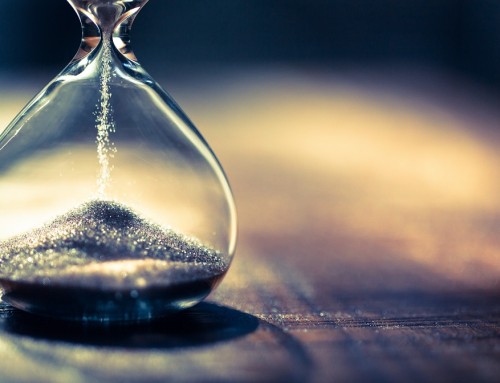Everyone has dealt with the frustration of using a slow PC before, and knows how annoying it can be. In addition, poorly performing PCs lead to loss of employee productivity, and end up costing your company. It isn’t always possible to get a new, top-of-the-line PC every couple years, so here are a few ways to get the most out of your current PC.
Restart Frequently
A good habit to get into is restarting your PC once a day. The easiest thing to do is restart at the end of each day, instead of just logging out. Windows is kind of like a person: it requires many background processes to run, and over time, it gets tired from just doing these essential tasks and needs a rest. For a PC, a simple restart is like a good night’s sleep for a person. A PC that has been running for too long without a restart will start showing performance issues, such as services failing, memory filling up too quickly, and applications locking up. It’s become a bit of a joke, but there’s a reason IT guys ask if you’ve “turned it off and back on again” before anything else: it actually fixes problems, and quite frequently.
Windows Updates
Windows releases updates on a monthly schedule, often called “Patch Tuesday” (the second Tuesday of each month). They also occasionally release “out-of-band” updates for critical security issues that may come up between regularly scheduled patching. These updates, both the out-of-band and the scheduled, are used to tweak the operating system in order to improve performance, improve security, and occasionally, to add features. It’s important to run these updates when they are available, especially the security updates. Updates on your work PC are likely managed by your IT provider, but home PCs are just as important to keep up-to-date. The easiest thing to do is set Windows Update to automatically download updates and prompt you for an install time. This allows you to schedule update installation for a time you won’t be using your PC (say, 3 AM). You can find Windows Update settings by opening the Start Menu and searching “Windows Update” in the available search field.
Remove Old Applications
It’s easy to end up with dozens of applications installed on a PC over the years, with many applications becoming redundant, superseded, or just unused. The same way Windows needs to be patched frequently, third-party applications do as well. Any application installed on a PC is a potential way in for a hacker. When these applications are unused, and thus not up-to-date, they can be exploited. Additionally, many applications run background processes without even needing to be launched, which can be a drain on system resources. Finally, many software installers come with additional software tacked on (often called “bloatware” or a “potentially unwanted program”). If you know you don’t need a program any more, uninstall it! You can find the “Uninstall a program” menu in the Control Panel in Windows. For applications you do use, it’s a good idea to run any available updates if the application prompts you to do so, or to install a new version when it becomes available.
By performing simple routine maintenance on your PC, you can make sure it will continue to function securely and with decent performance for years. To learn about the ways a Managed IT Services provider like Layered Systems can help maintain your company’s PC fleet, Contact Us today.







